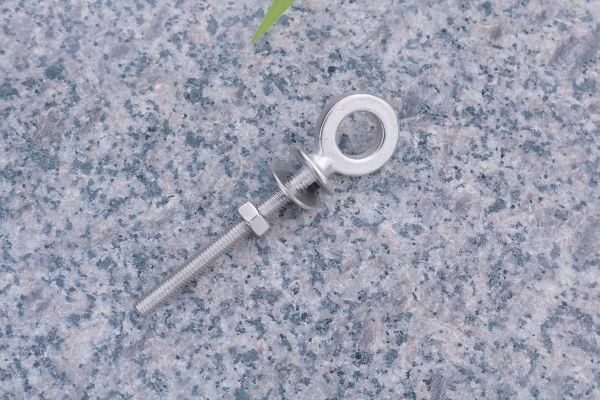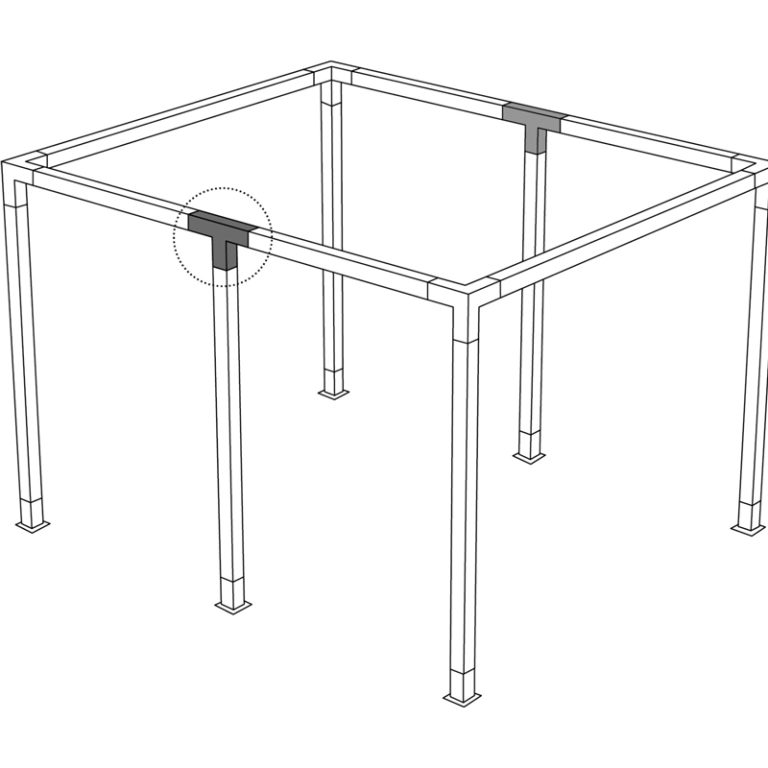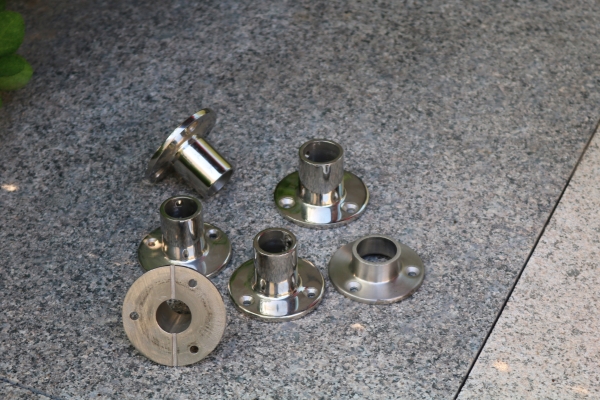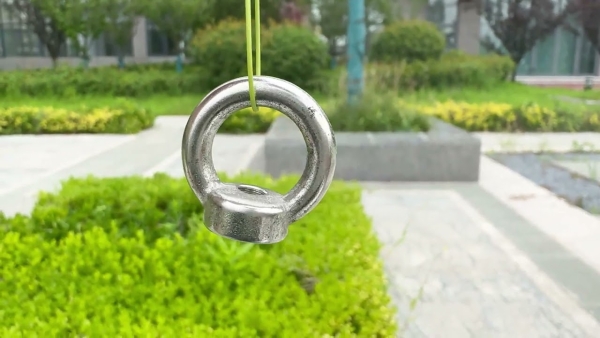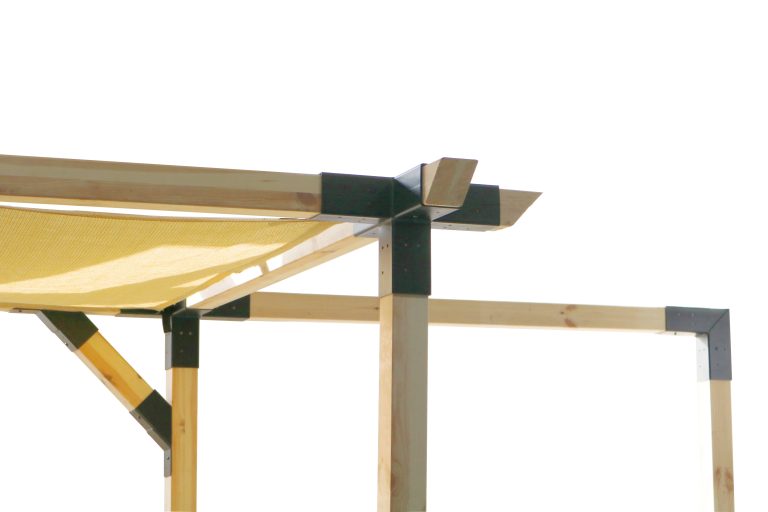Table of Contents
Benefits of Adding an Attached Pergola to Your House
An attached pergola is a structure that is built onto the side of a house, providing a shaded outdoor space for relaxation and entertainment. There are many benefits to adding an attached pergola to your house, both in terms of aesthetics and functionality. In this article, we will explore some of the key advantages of incorporating an attached pergola into your home design.
One of the primary benefits of adding an attached pergola to your house is the increase in outdoor living space. By extending the roofline of your house with a pergola, you create a covered area that can be used for dining, lounging, or entertaining guests. This additional space allows you to enjoy the outdoors in comfort, even on hot sunny days or during light rain showers.
Another advantage of an attached pergola is the architectural interest it adds to your home. Pergolas come in a variety of styles and materials, allowing you to choose a design that complements the existing aesthetic of your house. Whether you prefer a modern metal pergola or a traditional wooden structure, an attached pergola can enhance the overall look of your home and increase its curb appeal.
In addition to their aesthetic appeal, attached pergolas also provide practical benefits. The shade provided by a pergola can help to reduce the heat inside your house, especially during the summer months. By blocking direct sunlight from entering through windows or doors, a pergola can help to lower your cooling costs and make your home more energy-efficient.

Furthermore, an attached pergola can serve as a versatile outdoor living space that can be customized to suit your needs. You can add features such as built-in seating, lighting, or even a fireplace to create a cozy and inviting atmosphere. Whether you use your pergola for family gatherings, outdoor meals, or simply as a quiet retreat, the possibilities are endless.
Another advantage of adding an attached pergola to your house is the potential increase in property value. A well-designed and well-maintained pergola can enhance the overall appeal of your home and make it more attractive to potential buyers. In a competitive real estate market, having a unique and desirable feature like an attached pergola can set your house apart from others and increase its resale value.
In conclusion, adding an attached pergola to your house can bring a variety of benefits, both in terms of aesthetics and functionality. From providing additional outdoor living space to enhancing the architectural interest of your home, a pergola is a versatile and practical addition that can improve your quality of life and increase the value of your property. Whether you choose a simple pergola for shade or a more elaborate structure for entertainment, the possibilities are endless when it comes to incorporating an attached pergola into your house design.
Step-by-Step Guide to Building an Attached Pergola on Your House
An attached pergola can be a beautiful addition to your house, providing shade and a place to relax outdoors. Building an attached pergola to your house requires careful planning and execution to ensure that it is structurally sound and aesthetically pleasing. In this step-by-step guide, we will walk you through the process of building an attached pergola on your house.
The first step in building an attached pergola is to carefully measure and plan the location of the pergola. Consider factors such as the size of the pergola, the height of the pergola, and the distance from the house. It is important to ensure that the pergola is properly aligned with the house and that it does not obstruct any windows or doors.
Once you have determined the location of the pergola, the next step is to prepare the site. This may involve clearing the area of any debris or vegetation, leveling the ground, and marking the location of the pergola. It is important to ensure that the site is level and stable to provide a solid foundation for the pergola.
After preparing the site, the next step is to install the support posts for the pergola. The support posts should be securely anchored to the house using lag bolts or other appropriate fasteners. It is important to ensure that the support posts are plumb and level to provide a stable structure for the pergola.
Once the support posts are in place, the next step is to install the beams and rafters for the pergola. The beams should be attached to the support posts using appropriate hardware, such as joist hangers or brackets. The rafters should be evenly spaced and securely attached to the beams to provide support for the roof of the pergola.
After installing the beams and rafters, the next step is to install the roof of the pergola. The roof can be made of a variety of materials, such as wood, metal, or fabric. It is important to ensure that the roof is securely attached to the beams and rafters to provide protection from the elements.
Once the roof is in place, the final step is to finish the pergola with any desired decorative elements, such as lattice panels, climbing plants, or lighting. These finishing touches can enhance the appearance of the pergola and make it a more inviting space for outdoor relaxation.
In conclusion, building an attached pergola to your house can be a rewarding project that adds beauty and functionality to your outdoor space. By carefully planning and executing each step of the construction process, you can create a structurally sound and aesthetically pleasing pergola that will provide years of enjoyment for you and your family.

